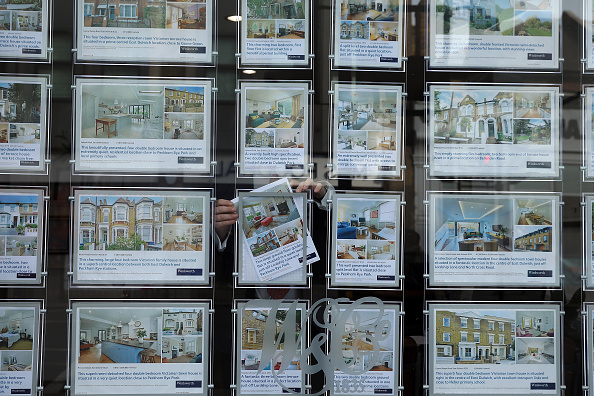Retail giants have an opportunity to plug the holes in a disjointed rental market

For many people up and down the country, their ability to stay in their home is in peril. And this isn’t about mortgages. Rents have jumped steeply this year and many are forced to move as a result. Others will be forced out because of the collateral damage of landlords not being able to pay a higher mortgage rate and selling up.
In the rental market, there are scores of unknowns and uncertainties for tenants. The idea of “brand loyalty” is an unfamiliar concept.
In such a fragmented sector, earning loyalty is secondary to filling a room. But no-fault evictions, standards and accountability, issues with safety and security – all exacerbated by the pandemic – are central to a loss of faith in the 1.5 million landlords across the UK. In 2021, just 63 per cent of private renters said they were satisfied with their tenant experience, far fewer than the 79 per cent of social renters and 98 per cent of owners who said they were satisfied.
Curating a brand in the rental sector seems far-fetched, but established and well-loved retail names have identified a gap to play on their reputation experience in providing high-quality service and subsequently retaining loyal customers. The John Lewis Partnership, founded on the idea of industrial democracy, is a potent example, and there are others too. High street holdout Lloyds has pledged to introduce 50,000 new homes to the rental market, while Sainsbury’s, Tesco and IKEA are delivering mixed tenures with development partners.
Build to Rent isn’t a new concept in the UK. Professionally-managed rental housing has been growing for over a decade, with 225,352 homes complete, under construction or in planning as of the first quarter of this year. Far from the opaqueness of the traditional private rented sector, it presents a tempting offering for renters outside of the landlord lottery and an attractive horizontal move for brands with established estates and in-depth knowledge of their customer base.
In the crucible of retail, where the fight for footfall is ever-changing, resilient brands must foster lasting credibility with customers for their survival. Applying these principles to a disjointed rental market invites structural change, and in more ways than one, particularly when renters have come to expect so little from their landlords.
The immediate effect of trusted brands entering the rental sector helps empower tenants. Once residents are considered to be customers, and their preferences form part of the rental business model, the goalposts will shift from merely providing accommodation to outdoing the competition.
Looking into the future, it wouldn’t be unrealistic to foresee a rental market dominated by brands who offer a distinct range of amenities, styles and prices. Rather than be turfed out of properties whenever their landlords decide to sell them, a renter could move around a network of residences, renting from a company that trades in loyalty, rather than the prevailing demand for rental housing alone.
The benefits could go further. With consumer brands’ understanding of consumers’ needs and shopping habits, we are likely to see demand for a new interplay between where we live and shop. In this respect, the UK is behind the US and Asia, where ground floor retail space is used in urban areas for the sustainable integration of retail and rental housing.
For decades, the private rental market has been stacked against tenants. As retail brands enter the space, it has the ability to upend a status quo stuck in the past.